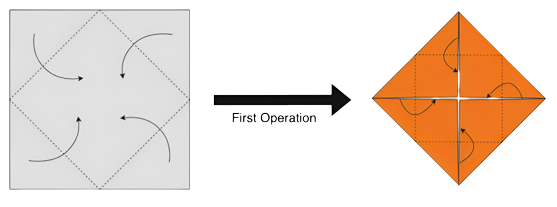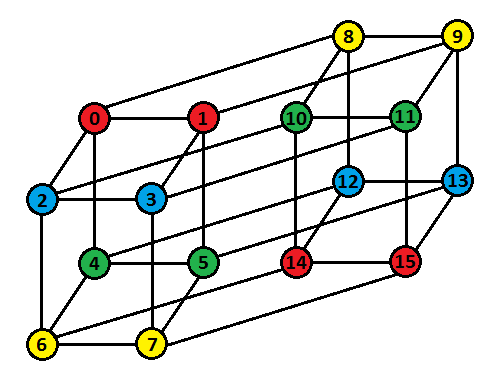We invite you to participate in CodeChef’s Starters 121, this Wednesday, 14th February, rated for till 6-Stars (i.e. for users with rating < 2500).
Time: 8:00 PM — 10:00 PM IST
Joining us on the problem setting panel are:
- Setters: Manan mexomerf Grover, Jay JaySharma1048576 Sharma, Ronit bronit Bhatt, Anubhav rainb0ySimp Chakravarty, Ivan ezdp Lupov, Abd Abdelmohaymn Elmohaymn, wuhudsm wuhudsm, Yeamin _Kaizer_ Kaiser.
- Tester: Yash yash_daga Daga.
- Text Editorialist: Nishank IceKnight1093 Suresh.
- Statement Verifier: Nishank IceKnight1093 Suresh.
- Contest Admin: Jay JaySharma1048576 Sharma.
Written editorials will be available for all on discuss.codechef.com. Pro users can find the editorials directly on the problem pages after the contest. The video editorials of the problems will be available only to Pro users.
Also, if you have some original and engaging problem ideas, and you’re interested in them being used in CodeChef's contests, you can share them here.
Hope to see you participating.
Good Luck!















